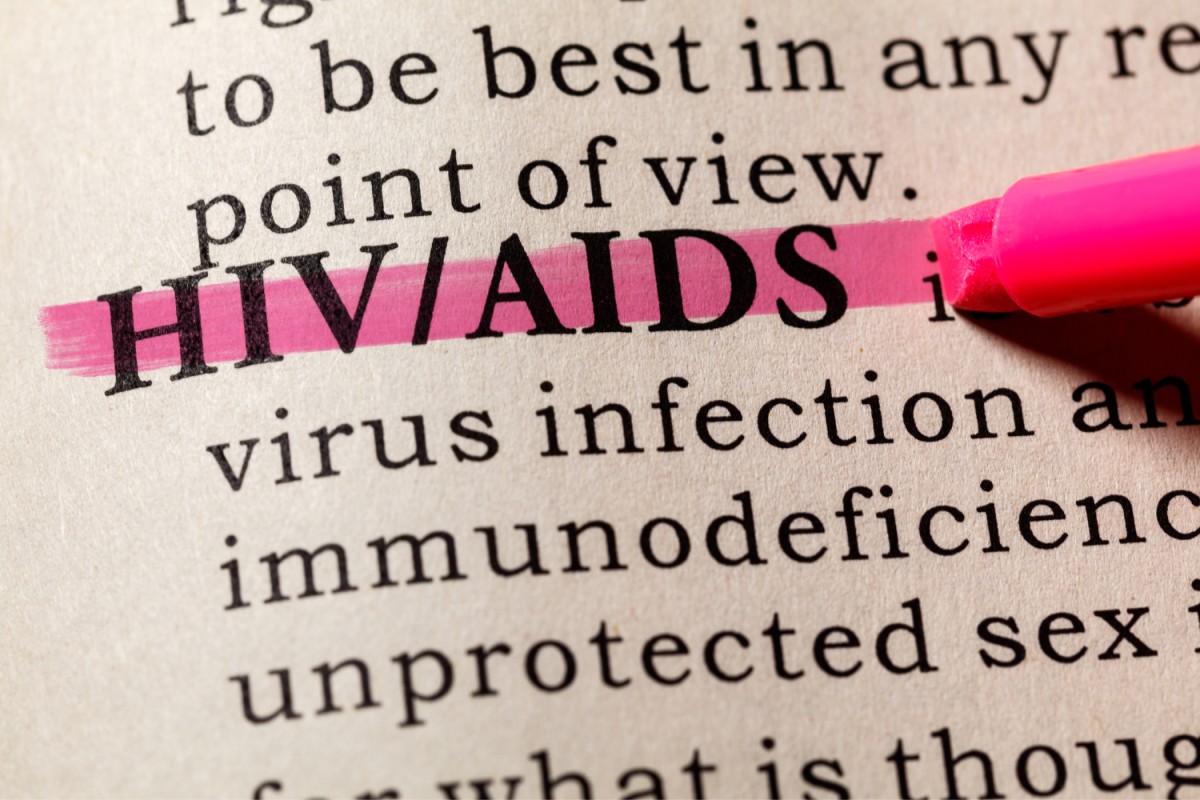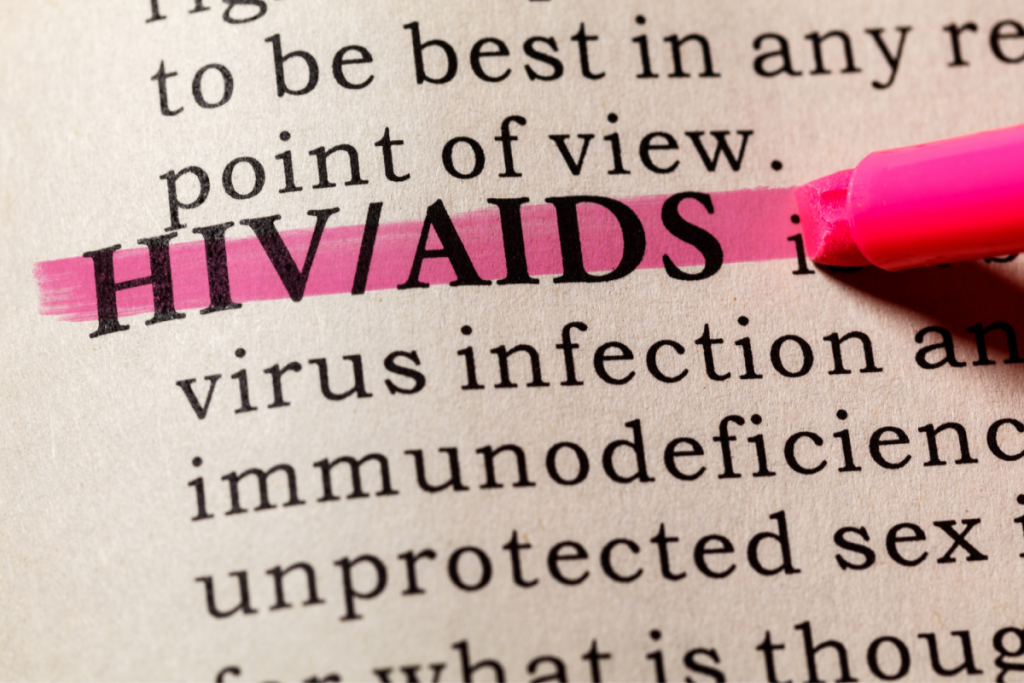Combating Fatty Liver: Healthy Habits for Health-Conscious Singaporeans
The liver is vital as your body’s primary cleaning and processing hub.
One of the liver’s essential functions is detoxification, which eliminates toxins from the bloodstream from sources like contaminated food, alcohol, and medications. Moreover, a healthy liver regulates blood sugar (glucose) levels and filters out bilirubin from the bloodstream. Bilirubin is a by-product resulting from the normal breakdown of red blood
cells.
Furthermore, the liver is responsible for processing food, extracting essential nutrients, and producing bile necessary for digesting fatty foods. It also acts as a storage centre for any surplus nutrients.
Fatty liver is a condition when there is excessive fat in your liver. It is a silent disease, meaning it often does not cause symptoms in the early stages. However, if left untreated, fatty liver disease may often lead to serious health concerns, such as liver cirrhosis and liver cancer.
Causes of Fatty Liver Disease
Here are some causes of fatty liver disease:
– Obesity
– Overweight
– Type 2 diabetes
– High blood cholesterol
– High triglycerides
– Alcohol abuse
– Certain medications
– Some medical conditions, such as polycystic ovary syndrome (PCOS)
Symptoms of Fatty Liver Disease
In the early stages, fatty liver disease often does not cause any symptoms. However, as the disease progresses, some people may experience the following symptoms:
– Fatigue
– Weight loss
– Pain in the upper right abdomen
– Jaundice
– Nausea and vomiting
– Dark urine
Treatment for Fatty Liver Disease
Fatty liver treatment depends on the disease’s severity and underlying cause. In some cases, no treatment is necessary. However, if the condition is more advanced, treatment may include:
– Weight loss
– Exercise
– A healthy diet
– Medications to lower cholesterol and triglycerides
– Alcohol cessation
Healthy Habits for Health-Conscious Singaporeans
- Eating a well-balanced Diet and Portion Control: A balanced diet is crucial in combating fatty liver. Aim to eat various vegetables, whole grains, fruits, lean protein, and healthy fat in your daily diet. Avoid too much consumption of sugary and processed foods, as they can contribute to fat accumulation in the liver. Additionally, practising portion control helps manage calorie intake and prevents overloading the liver with excessive fats and sugars.
- Have regular Physical Activity: It is essential for maintaining a healthy liver. As recommended by health experts, doing at least 2 hours of moderate-intensity aerobic exercise or at least 2 hours and a half of vigorous-intensity aerobic exercise per week may be helpful. Activities like brisk walking, jogging, cycling, and swimming can significantly improve liver function and reduce the risk of fatty liver disease.
- Limit Alcohol Consumption: Too much alcohol consumption is a leading cause of fatty liver disease. For those who consume alcohol, it is essential to do so in moderation. The recommended limits are one standard drink for women (per day) and up to two standard drinks for men (per day). Better yet, consider reducing alcohol intake or opting for non-alcoholic beverages altogether.
- Hydration: Staying well-hydrated is vital for overall health, including liver function. Water helps flush out toxins from the body and aids digestion, preventing unnecessary stress on the liver. Aim to drink an adequate amount of water daily and reduce the intake of sugary beverages.
- Avoid Smoking: Smoking harms your lungs and adversely affects liver health. Smoking increases oxidative stress, damaging the liver and impairing natural detoxification processes. If you are a smoker, seek support to quit and improve your liver’s overall well-being.
- Manage Stress: Chronic stress can hurt liver health. Do stress-reducing activities such as meditation, yoga, deep breathing exercises, or time in nature. Proper stress management promotes a healthy liver and overall well-being.
- Regular Health Check-ups: Regular health check-ups are essential for monitoring liver health and detecting potential issues early on. If you have a family history of liver disease or other risk factors, consider getting liver function tests and follow-up with your healthcare provider regularly.
Diagnosis of Fatty Liver Disease
Fatty liver disease is often diagnosed with blood tests, ultrasound, and liver biopsy.
- Blood tests: can measure liver enzymes, which are proteins released when the liver is damaged. You may have fatty liver disease if you have high levels of liver enzymes. Blood testing is the most common way to diagnose fatty liver disease, including ALT, AST, and GGT.
-
- Ultrasound: is a non-invasive imaging test that can be used to view the liver. Ultrasound can measure the amount of fat in the liver and look for signs of liver damage. Ultrasound is a commonly used imaging test used to diagnose fatty liver disease.
- Liver biopsy: a procedure where they take a small sample of liver tissue and examine it under a microscope. This procedure can be used to confirm the diagnosis of fatty liver disease and to assess the severity of the disease. It is the most accurate test for diagnosing fatty liver disease but is also the most invasive.
MHC offers weight management programmes that combine injectable or oral treatments with a complimentary workout session. The goal of managing and treating weight gain is not simply to lose weight but to improve overall health and lower the risks of other health complications. From the initial consultation to follow-ups, our program will continue to help patients control and manage weight, a great way to avoid liver disease.
To book an appointment for weight management programme, you may book at Amara Clinic or contact our clinics for your Personal Health Screenings. For Corporate Healthcare programme enquiries, please contact our Corporate HQ for questions and enquiries about corporate healthcare programs, including Executive Health Screenings, GP Services, or Weight management programmes. Staying healthy and active helps promote a healthy liver.
Staying healthy and active helps promote a healthy liver. Please chat with us through
Whatsapp for more information.






















